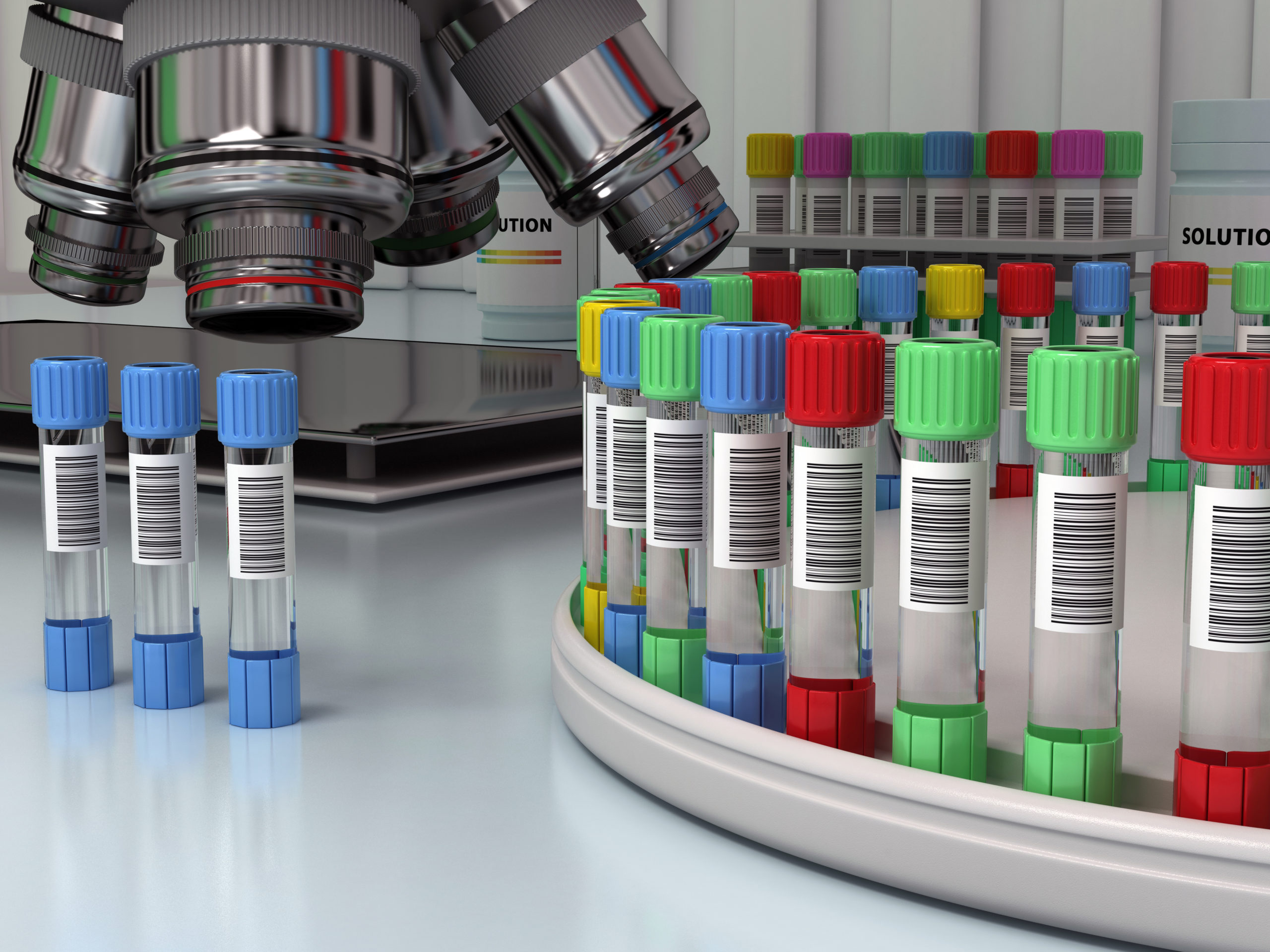Submitting a 510k for a medical device can be a long and confusing process. When a 510k is submitted the device itself is not the only thing considered. Also considered are the indications for use, the packaging of the device, and the device label. If a change is made to the device, including the peripheral aspects, there may be a need for an entirely new 510k to be submitted. This can be especially true for label changes, where even a slight change in the wording can potentially trigger the need for a new 510k.
There are a few key changes that will immediately trigger the need for a new 510k. Those changes are:
- The addition of a new contraindication
- The deletion of a contraindication
- Change from prescription to over-the-counter use
- A new disease or condition to treat, diagnose, mitigate or cure is identified
- Change in label marketing from single-use to reusable[1]
However, while these changes might be obvious reasons to submit a new 510k, some subtle changes may also be a reason to submit a new 510k. When a change is made and there is uncertainty about if a new 510k is needed a risk assessment of the change should be conducted. The risk assessment will be used to judge the need for a new 510k. To accurately judge the need, the risk assessment should attempt to determine if there are new risk factors created by the label change. Additionally, the assessment should evaluate the existing risks of the device and determine if the label change results in any significant changes to those risks.
Determining the need for a new 510k is not a simple task. There are a wide variety of factors that need to be considered. EMMA International’s team of experts can help determine if there is a need for a new 510k, provide all the necessary tools to conduct a risk assessment, and even help conduct the risk assessment itself. EMMA International provides Full Circle Consulting services, give us a call at 248-987-4497 or email us at info@emmainternational.com to get in touch with our team of experts today.
[1] FDA (July 2018) Deciding When to Submit a 510(k) for a Change to an Existing Device, Retrieved 3/20/2022 from https://www.fda.gov/regulatory-information/search-fda-guidance-documents/deciding-when-submit-510k-change-existing-device





